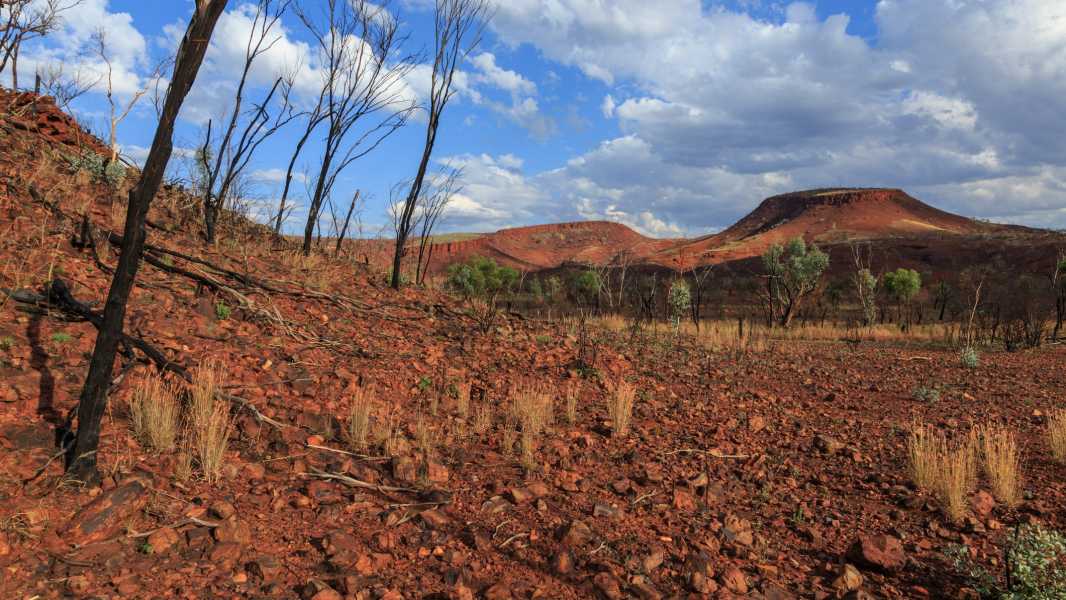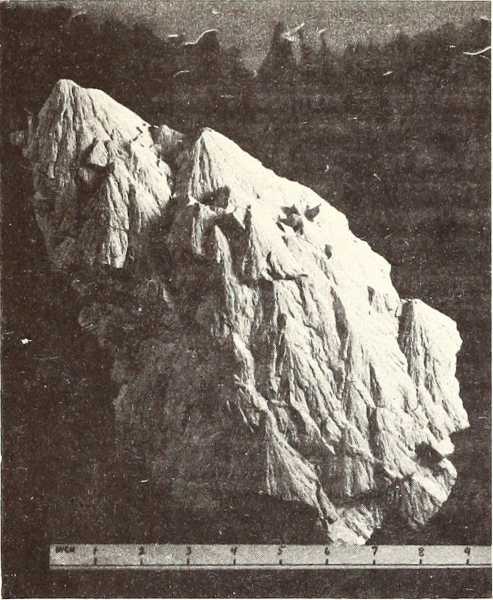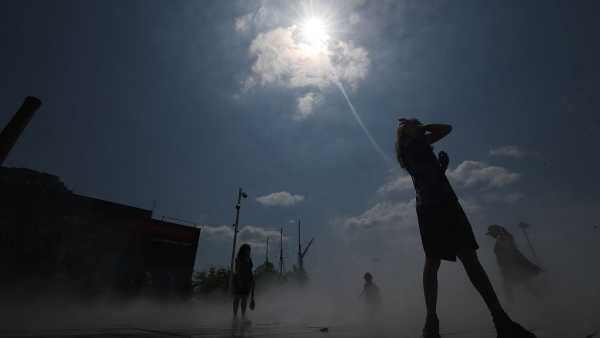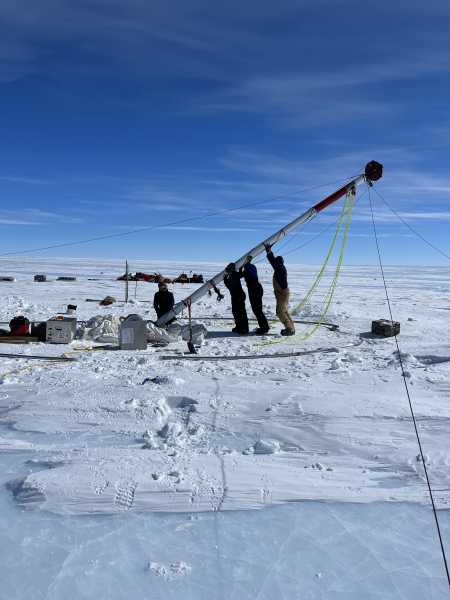
The world's oldest meteorite impact crater has been found in remote Australia. (Photo credit: John White Photos/Getty Images)
Researchers in Australia have discovered the planet's oldest meteorite impact crater, thanks to preserved structures left behind by the blast in the rock.
The crater, hidden in the country's outback, is a whopping 3.47 billion years old, according to a study published Thursday (March 6) in the journal Nature Communications.
“Before our discovery, the oldest impact crater was estimated to be 2.2 billion years old, so this is by far the oldest known crater ever discovered on Earth,” said study co-author Tim Johnson, a professor in the Department of Earth and Planetary Sciences at Curtin University in Australia.
The crater is located in the Pilbara region of Western Australia, home to some of Earth's oldest formations. Johnson and his team identified the crater because of cone-shaped rock fragments known as “debris cones” that form when shock waves from a meteorite travel downward.
The enormous pressure caused by the meteorite impact causes branching cracks to form in the rock, resulting in cone-shaped pieces with a pointed end pointing towards the center of impact.
The debris cones were buried in a rock formation called the East Pilbara Terrane, which scientists already knew dated back more than 3 billion years. The cones were “exceptionally well preserved,” providing “unequivocal evidence” of a massive meteorite impact at the dawn of life on Earth, according to the new study.
The impact likely engulfed the entire planet, creating a crater that could have been as much as 62 miles (100 kilometers) in diameter — though more work is needed to pin down its exact size, the researchers note in their study. The debris cones showed the meteorite was traveling at about 22,400 miles per hour (36,000 km/h) when it hit Earth, the statement said.
In addition to its destructive effect, this impact may also have contributed to the emergence of life by creating the necessary physical and chemical conditions.
“The identification of this impact, and other finds from the same period, could explain a lot about how life might have emerged, as impact craters would have created environments such as hot springs that were conducive to microbial life,” said lead author Chris Kirkland, also a professor in Curtin University's School of Earth and Planetary Sciences.

Debris cones are rock fragments that result from the impact.
Sourse: www.livescience.com





